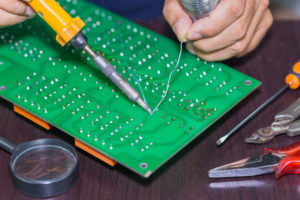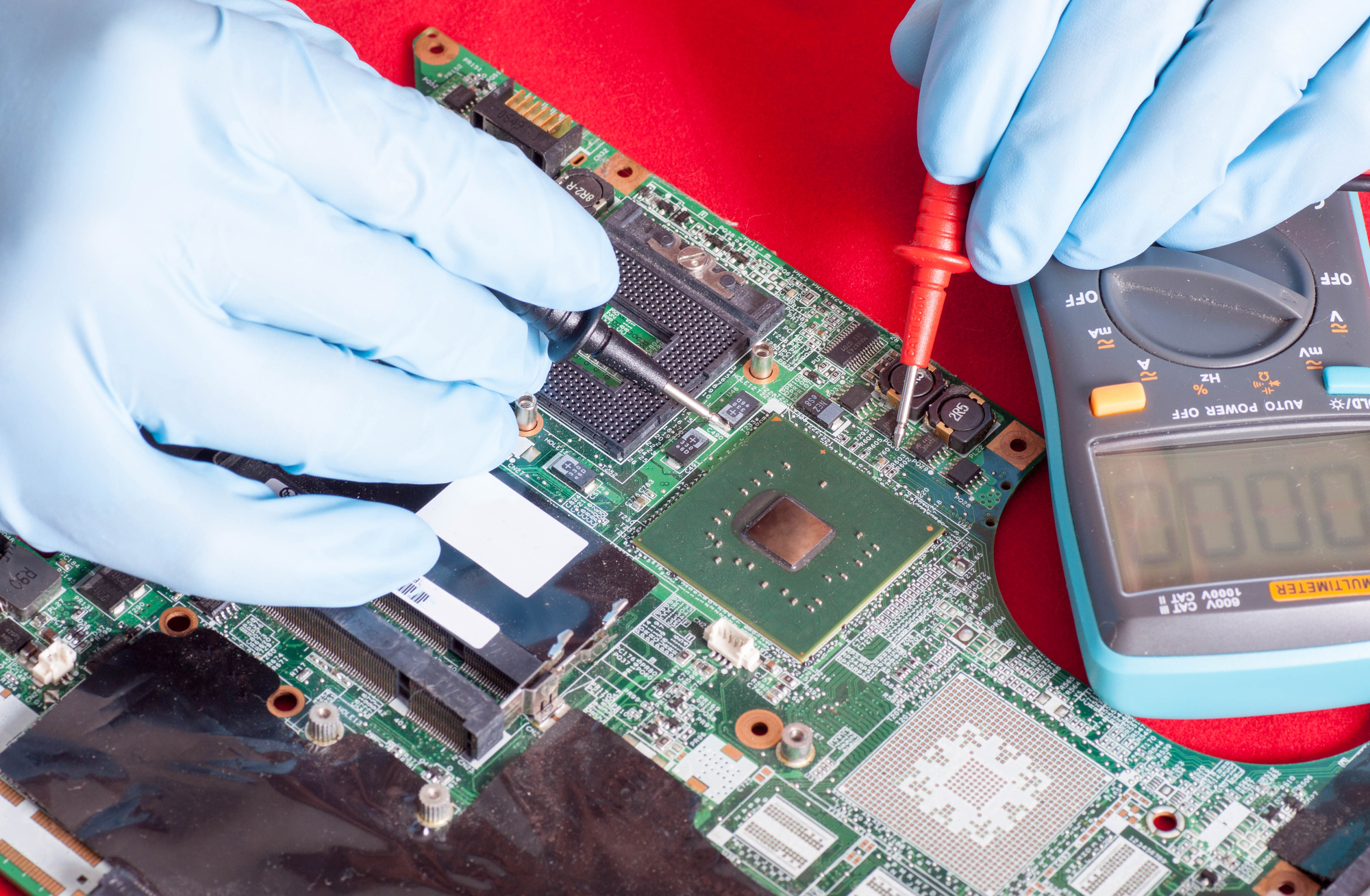Surface Mount Technology (SMT) vs. Through-Hole Technology: Understanding the Difference
In the realm of electronic manufacturing, two predominant methods are used to mount components onto printed circuit boards (PCBs): Surface Mount Technology (SMT) and Through-Hole Technology. Both have distinct advantages and applications, making them suitable for different types of electronic assemblies. Understanding these differences can help you make informed decisions for your next project.
Surface Mount Technology (SMT)
SMT is a method where components are mounted directly onto the surface of the PCB. This technique has revolutionized the electronics industry due to its efficiency and versatility. One of the key benefits of SMT is the ability to produce highly complex and compact electronic assemblies. Components used in SMT are typically smaller and lighter, allowing for higher component density. This results in more compact and lightweight devices, which is a significant advantage in today’s market where space-saving designs are crucial.
Moreover, SMT facilitates faster and more cost-effective manufacturing processes. Automated machines can quickly place and solder components with high precision, reducing labor costs and production time. This automation also minimizes the risk of human error, ensuring higher quality and consistency in electronic assemblies. At YIC Technologies, we specialize in high-quality SMT assembly, utilizing state-of-the-art equipment to deliver reliable and efficient electronic products.
Through-Hole Technology
In contrast, Through-Hole Technology involves inserting component leads into holes drilled through the PCB and soldering them on the opposite side. This method provides strong mechanical bonds, making it ideal for components that may experience mechanical stress or require a robust connection, such as connectors and large components.
Despite being an older technology, Through-Hole remains valuable for certain applications. It is particularly useful for prototypes and testing since the components can be easily replaced or modified. Additionally, Through-Hole Technology is preferred for high-reliability applications, such as aerospace and military electronics, where durability is paramount.
Comparing the Two
 While both SMT and Through-Hole have their merits, the choice between the two depends on the specific requirements of your project. SMT is the go-to for most modern electronics due to its ability to produce smaller, more efficient devices quickly and cost-effectively. It’s the preferred choice for consumer electronics, telecommunications, and computing devices where compactness and high performance are critical.
While both SMT and Through-Hole have their merits, the choice between the two depends on the specific requirements of your project. SMT is the go-to for most modern electronics due to its ability to produce smaller, more efficient devices quickly and cost-effectively. It’s the preferred choice for consumer electronics, telecommunications, and computing devices where compactness and high performance are critical.
On the other hand, Through-Hole Technology remains relevant for applications demanding high durability and ease of assembly and disassembly. It’s often used in industrial equipment, power electronics, and products subjected to mechanical stress.
Choosing the Right Technology
When deciding between SMT and Through-Hole Technology, consider the nature of your electronic assembly. For projects requiring compact designs and high-volume production, SMT is likely the best choice. However, if your application needs robust mechanical connections or involves frequent testing and modifications, Through-Hole Technology might be more appropriate.
At YIC Technologies, we offer expert advice and advanced manufacturing capabilities to help you choose the right technology for your needs. Our team is dedicated to providing high-quality electronic assemblies tailored to your specific requirements.
In conclusion, understanding the differences between SMT and Through-Hole Technology can significantly impact the success of your electronic projects. By choosing the right method, you can ensure optimal performance, reliability, and cost-efficiency in your products. Explore our SMT assembly services to see how we can support your next electronic innovation.

